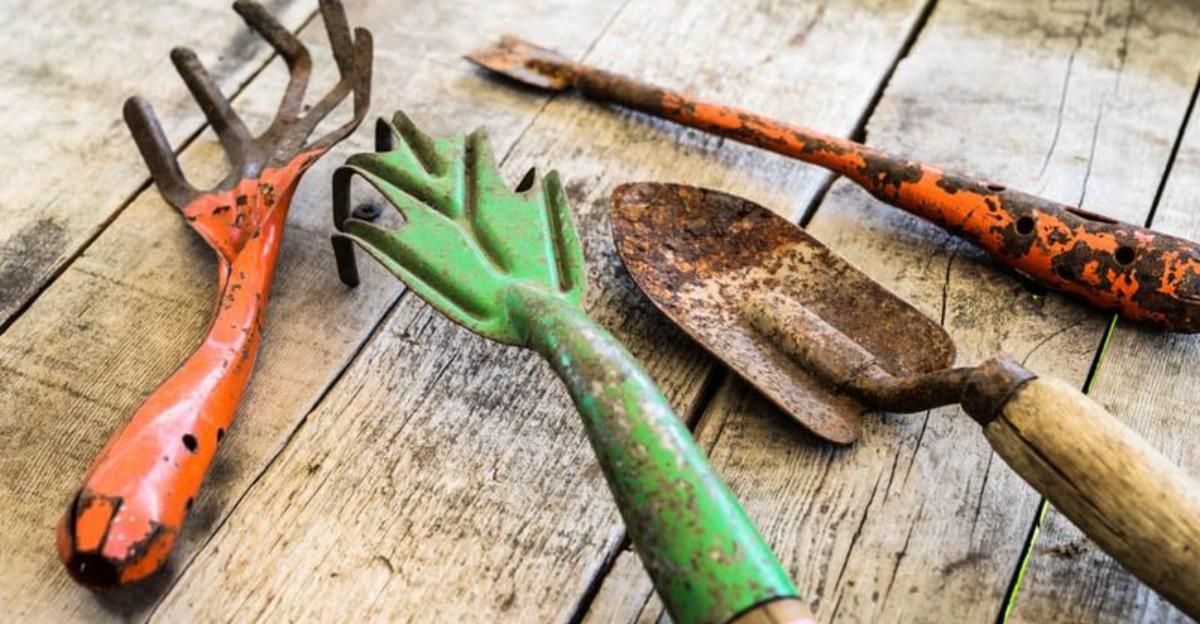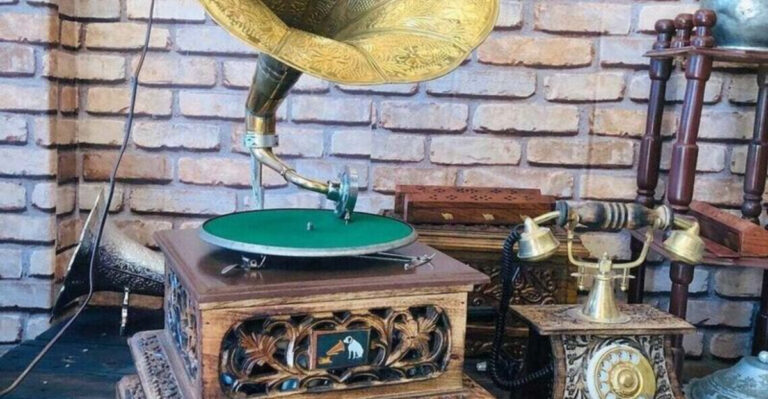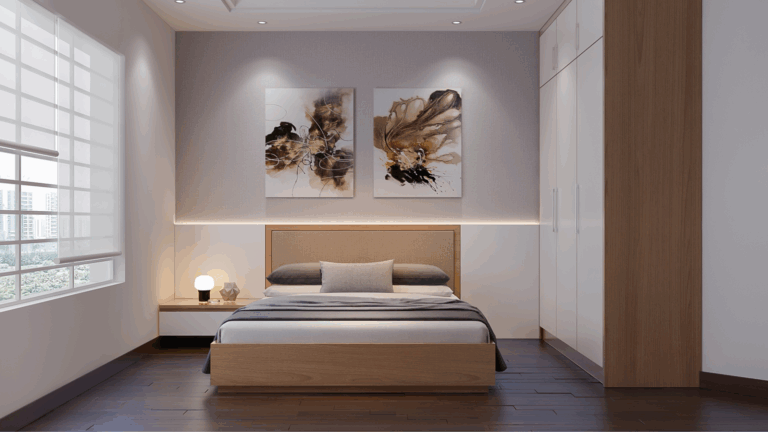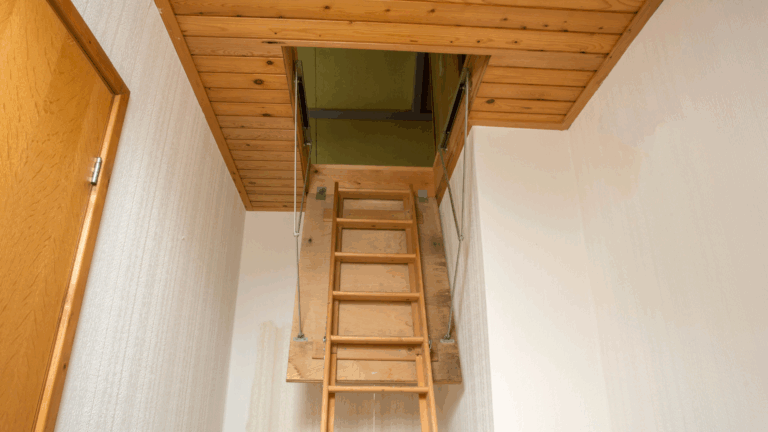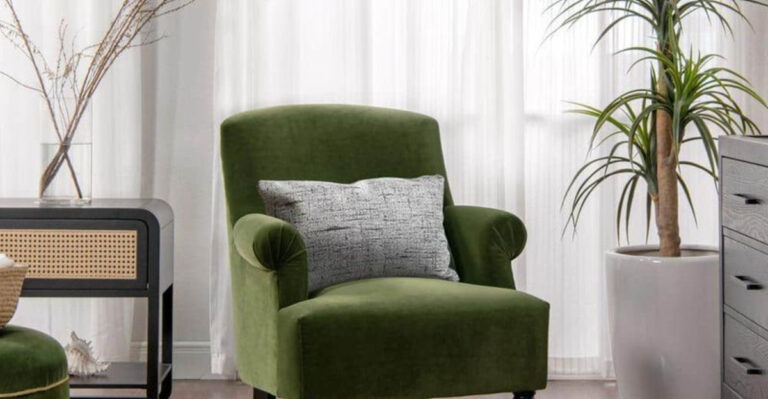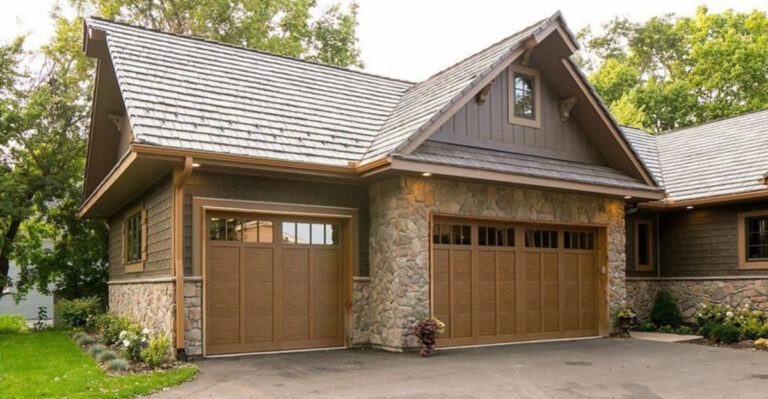9 Garden Decor Items You Should Never Pass Up On At The Thrift Store (Plus 9 Not So Useful Items)
I’ve spent more time than I’d like to admit wandering thrift stores, hunting for hidden gems to add some charm to my garden. And let me tell you, some finds are total game-changers, while others are better left on the shelf (no matter how cute they seem in the moment).
If you love the thrill of the hunt but don’t want to clutter your yard with regrets, it pays to know what’s actually worth bringing home. This guide breaks down the best thrifted garden buys and the ones that just don’t grow on you after the fact.
1. Vintage Terracotta Pots With Character
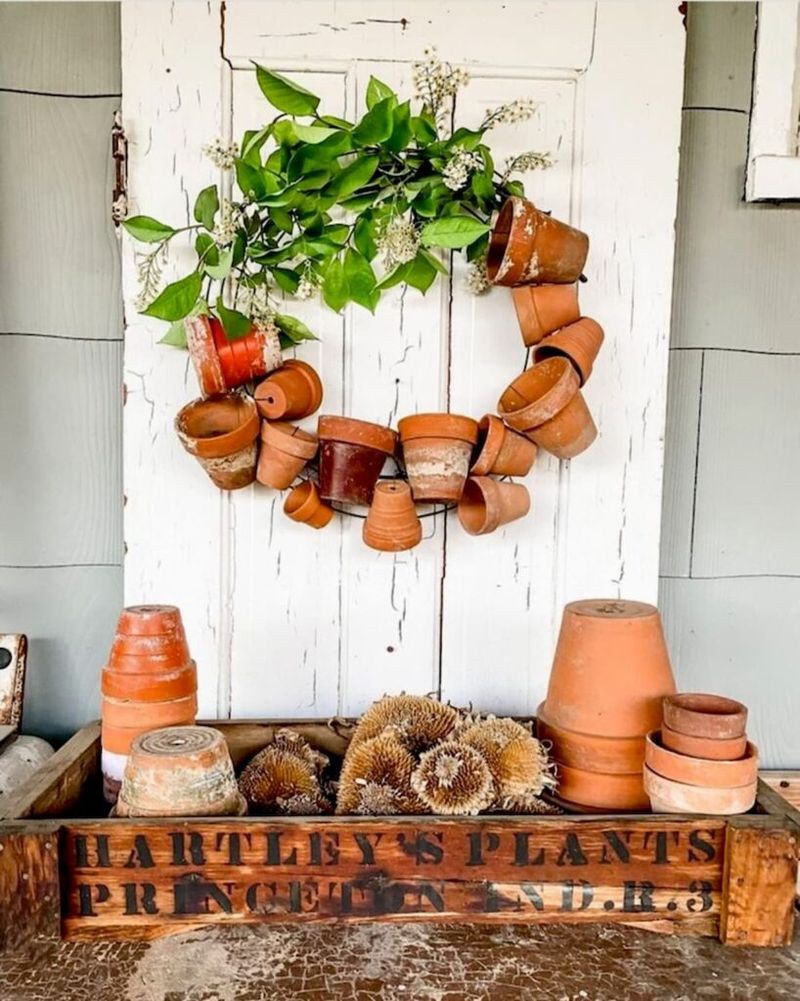
Aged terracotta pots tell stories through their weathered surfaces and natural patina. These clay beauties develop character over time, something new pots simply cannot replicate.
Thrift stores often price them at a fraction of retail cost. Check for cracks carefully, as small ones can expand with freeze-thaw cycles.
Perfect drainage and breathability make terracotta ideal for most plants. Your succulents and herbs will absolutely love these classic containers.
2. Cast Iron Plant Stands And Holders
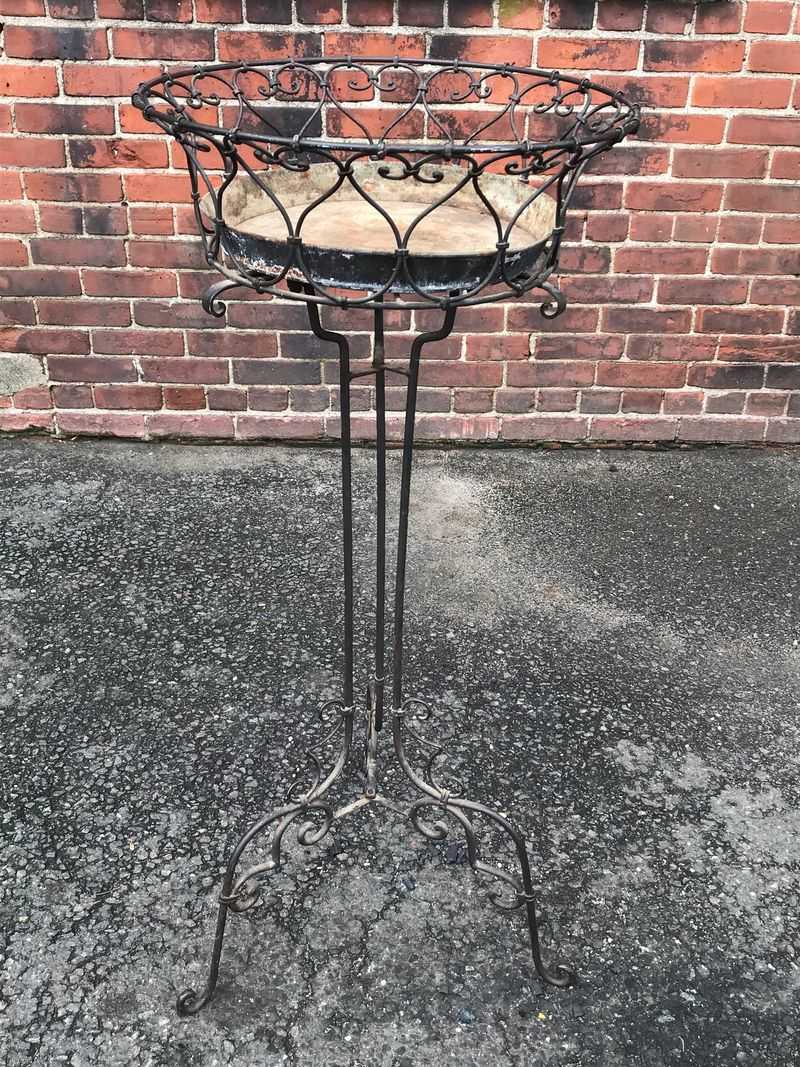
Cast iron plant stands bring Victorian charm to modern gardens. Heavy construction means they won’t tip over in strong winds like lightweight alternatives.
Rust adds character rather than diminishing value. A wire brush and some paint can restore them completely if you prefer a fresh look.
Multiple tiers create stunning vertical displays. Transform boring corners into eye-catching plant galleries with these architectural gems from bygone eras.
3. Unique Ceramic Garden Statues
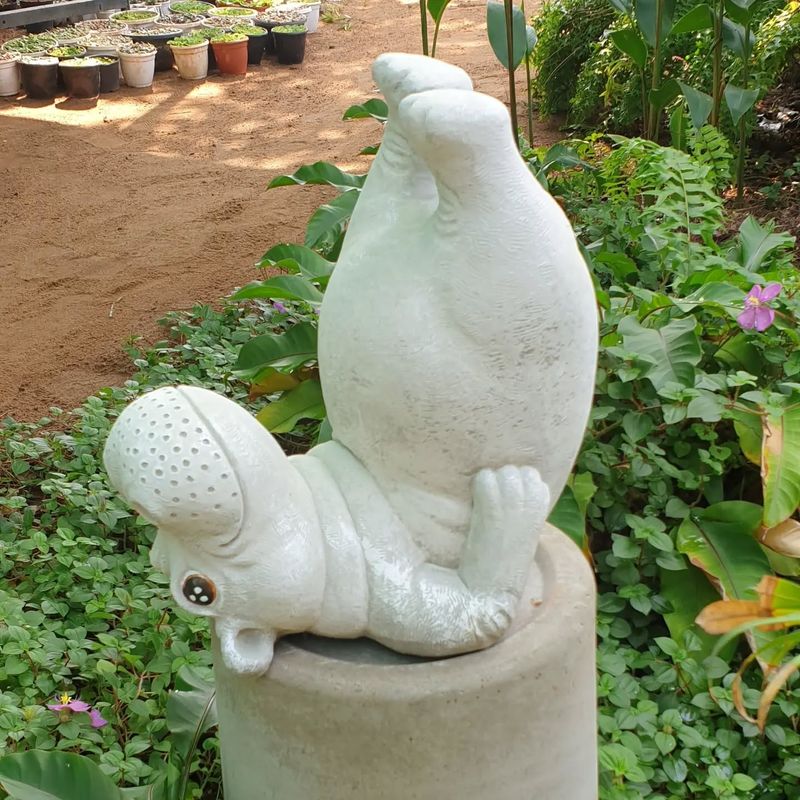
Quirky ceramic statues add personality to garden spaces. From gnomes to animals, these pieces spark conversations and bring smiles to visitors.
Quality ceramics survive decades outdoors with proper care. Look for pieces without major chips or cracks that could worsen with weather exposure.
Mix different styles for an eclectic, collected-over-time appearance. Your garden becomes a reflection of your unique taste rather than a catalog showroom display.
4. Wooden Trellises And Garden Structures
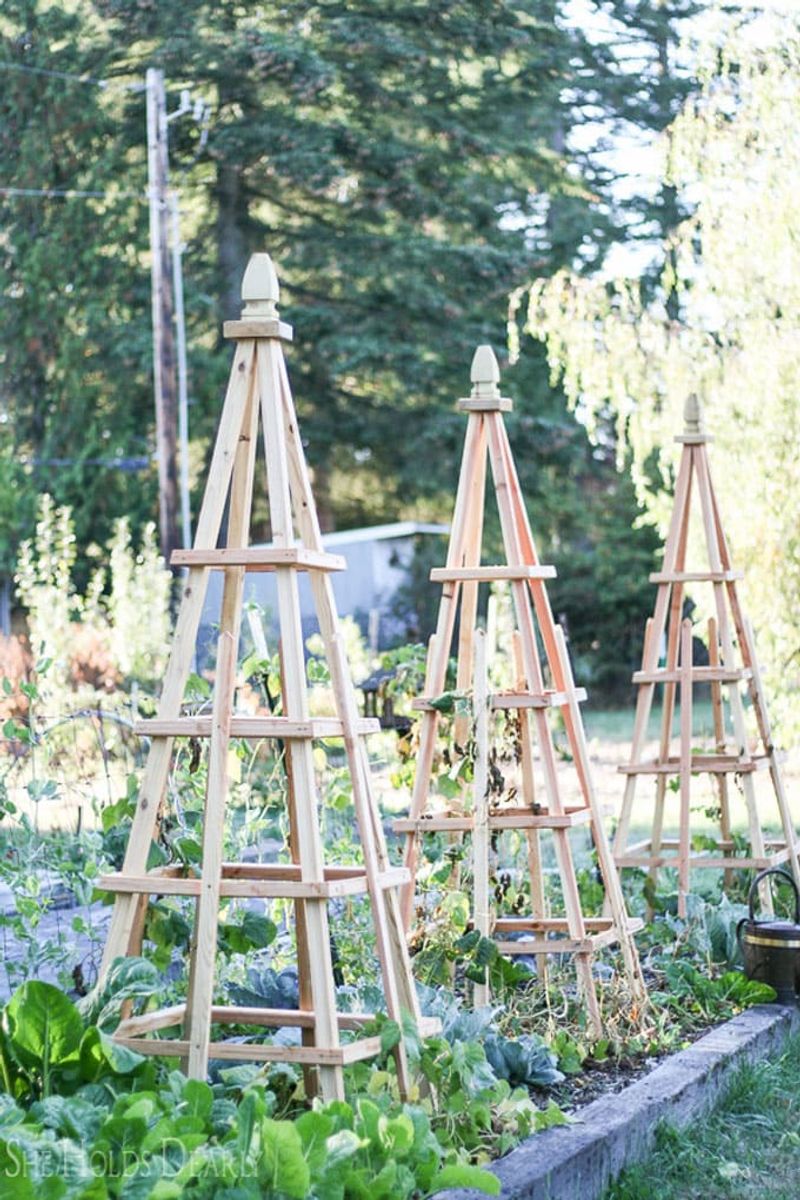
Wooden trellises provide essential support for climbing plants. Cedar and teak versions last longest against weather elements and insect damage.
Check joint stability and wood condition thoroughly. Wobbly connections can be reinforced with additional screws or metal brackets for extended life.
Vertical growing maximizes small garden spaces effectively. Train beans, peas, or flowering vines to create living walls that produce food or beauty throughout seasons.
5. Metal Garden Tools With Solid Handles
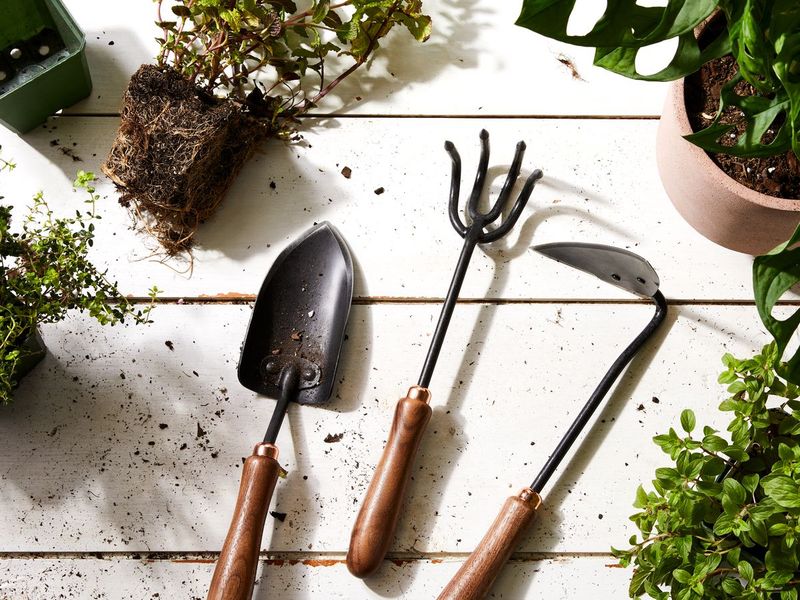
Quality metal tools outlast modern plastic alternatives significantly. Solid steel construction means decades of reliable service with proper maintenance and care.
Wooden handles develop comfortable grip over time. Sand rough spots smooth and apply linseed oil to prevent cracking and splitting.
Sharp edges can be restored easily. A good file or grindstone brings dull blades back to their original cutting efficiency for continued garden success.
6. Large Decorative Planters And Urns

Oversized planters create dramatic focal points in garden designs. Heavy materials like concrete and ceramic provide stability for large plants and small trees.
Drainage holes are essential for plant health. Drill additional holes if needed using masonry bits to prevent root rot and waterlogging issues.
Statement pieces anchor garden compositions beautifully. Position them strategically to draw eyes toward specific areas and create visual balance throughout your outdoor space.
7. Vintage Watering Cans And Garden Accessories
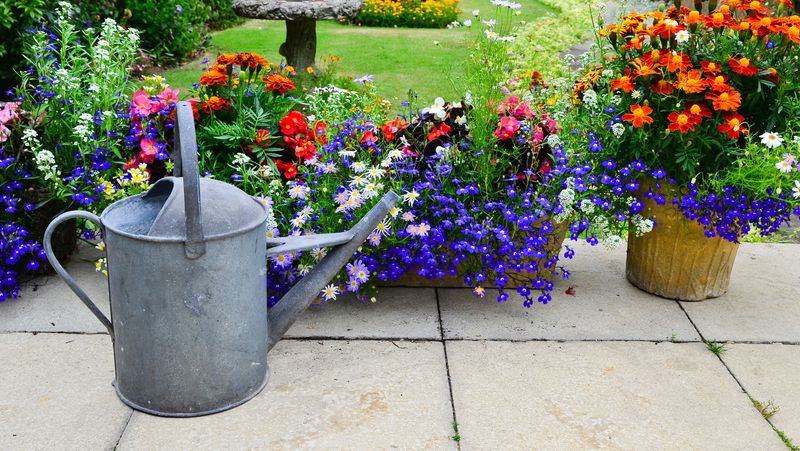
Functional watering cans double as charming garden decor. Galvanized steel versions develop beautiful patina while maintaining structural integrity for years of use.
Test for leaks before purchasing items. Small holes can be sealed with appropriate repair compounds or metal patches for continued functionality.
Display them as planters when not watering. Fill with seasonal flowers or herbs to create moveable garden accents that serve dual decorative and practical purposes.
8. Wrought Iron Garden Furniture Pieces
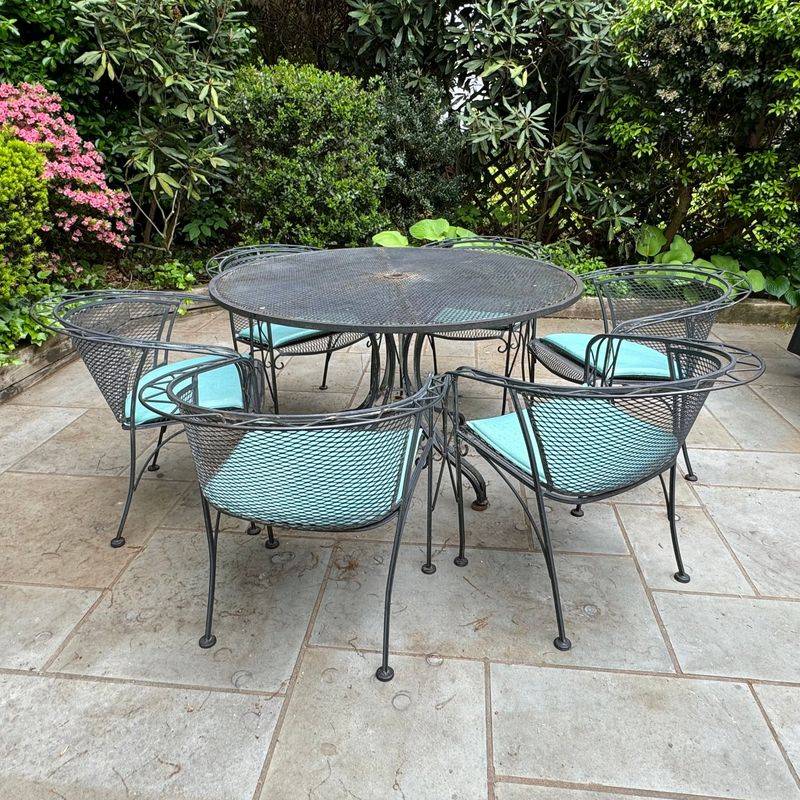
Wrought iron furniture withstands decades of outdoor exposure. Solid construction means these pieces can support significant weight without wobbling or breaking under pressure.
Surface rust is purely cosmetic and easily addressed. Wire brushing and fresh paint restore original beauty while protecting metal from future corrosion damage.
Timeless designs complement any garden style perfectly. Mix with cushions and plants to create inviting outdoor seating areas for relaxation and entertainment purposes.
9. Natural Stone Garden Borders And Edging

Natural stone creates permanent garden boundaries that improve over time. Weather and moss growth enhance the organic appearance rather than diminishing aesthetic appeal.
Heavy materials require careful transport planning. Bring appropriate vehicle and lifting help to avoid injury and ensure safe delivery to your garden location.
Flexible design options suit various garden styles. Stack for raised beds or lay flat for subtle pathway definition and weed barrier creation throughout landscape areas.
1. Broken Concrete Planters And Pots
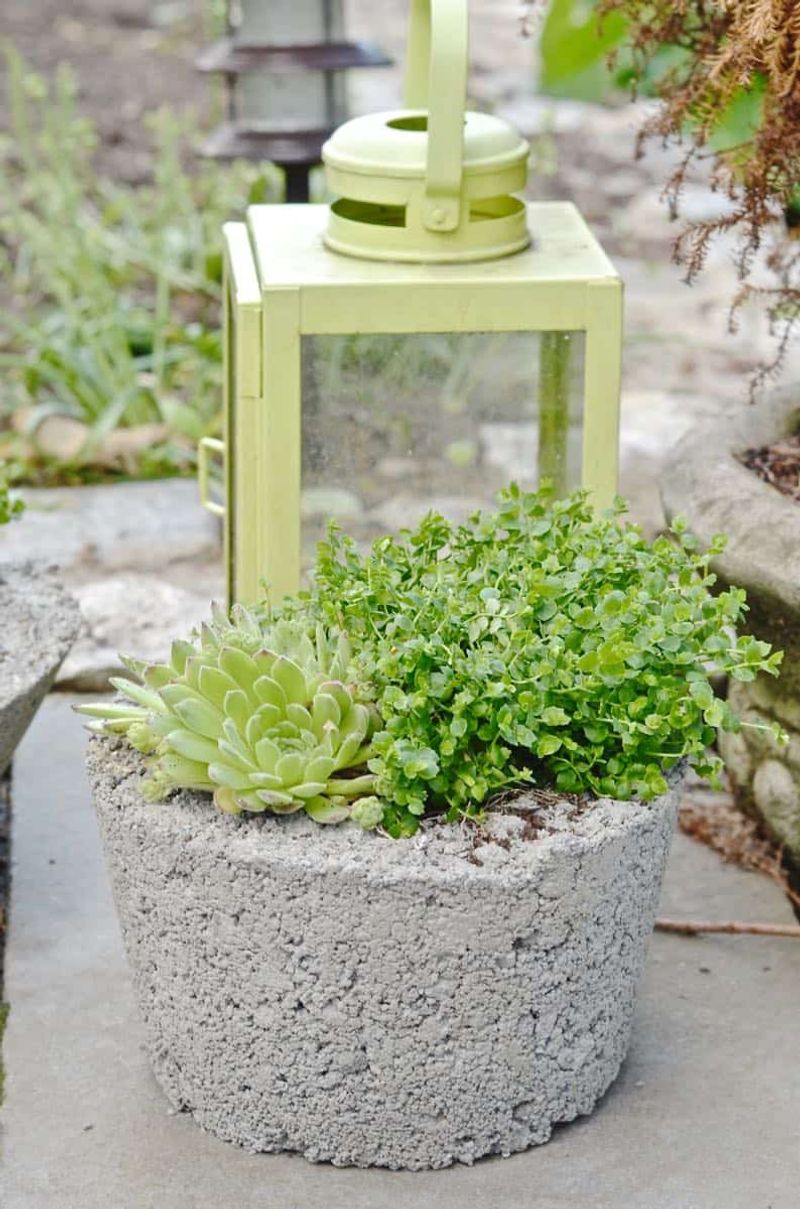
Cracked concrete planters spell disaster for plant health. Water seeps through breaks, creating soggy soil conditions that kill roots and encourage harmful fungal growth.
Repair attempts rarely provide lasting solutions. Temperature changes expand and contract cracks further, making temporary fixes ineffective over time.
Weight without durability creates handling hazards. Heavy broken pieces can injure during moving and pose ongoing safety risks in garden settings with foot traffic.
2. Plastic Garden Furniture In Poor Condition
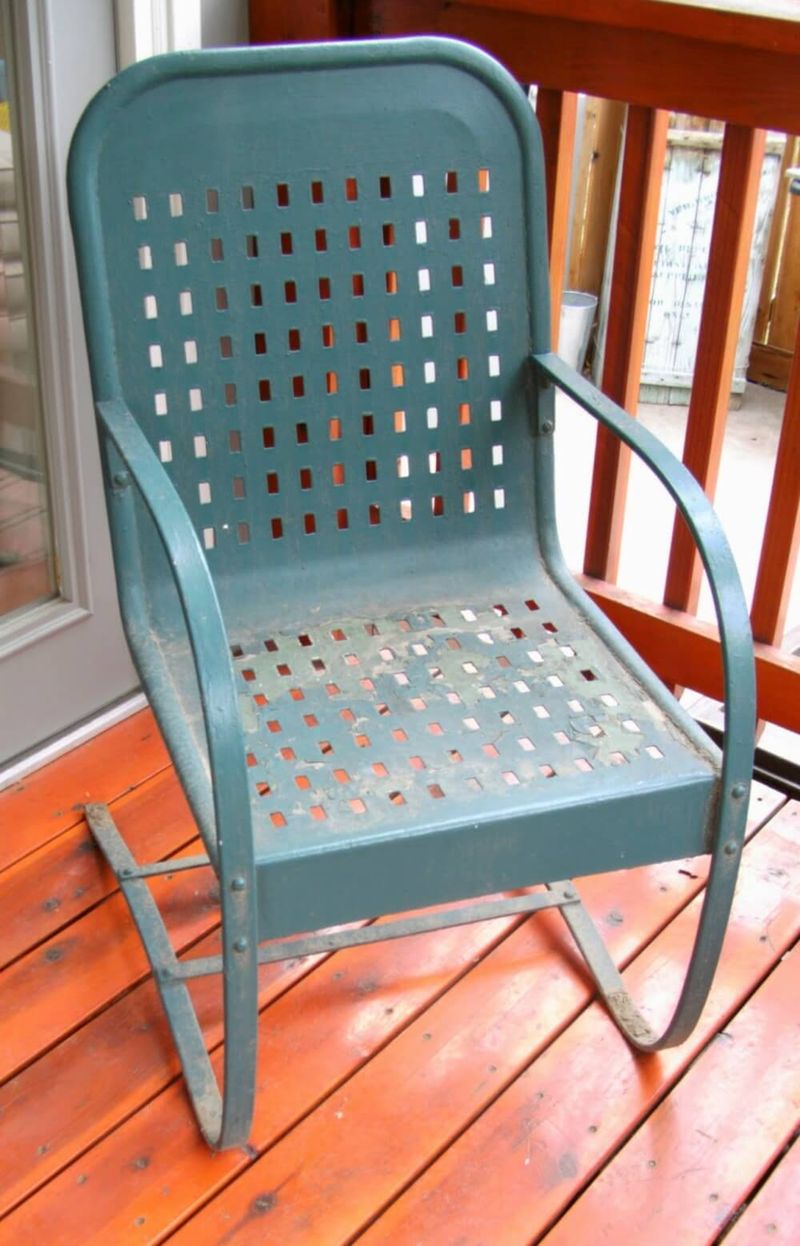
Sun-damaged plastic becomes brittle and unsafe quickly. UV rays break down polymer chains, causing chairs to crack unexpectedly under normal weight loads.
Faded colors cannot be restored effectively. Paint adheres poorly to plastic surfaces and peels off within seasons, leaving worse appearance than before treatment.
Replacement parts are typically unavailable for older models. When pieces break or go missing, the entire set becomes unusable junk taking up valuable storage space.
3. Rusty Metal Garden Tools Beyond Repair
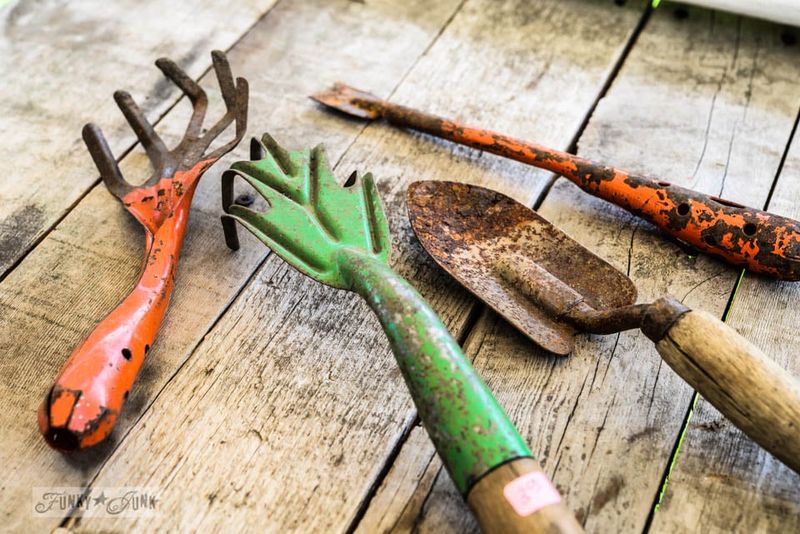
Extensive rust compromises tool strength and functionality permanently. Deep pitting weakens metal structure beyond what surface cleaning and maintenance can effectively address.
Tetanus risks increase with severely corroded tools. Jagged rust edges create puncture hazards that can cause serious injuries during normal garden work activities.
Restoration costs exceed replacement prices significantly. Professional repair services charge more than buying quality new tools that will provide reliable long-term garden service.
4. Artificial Plants And Fake Flowers
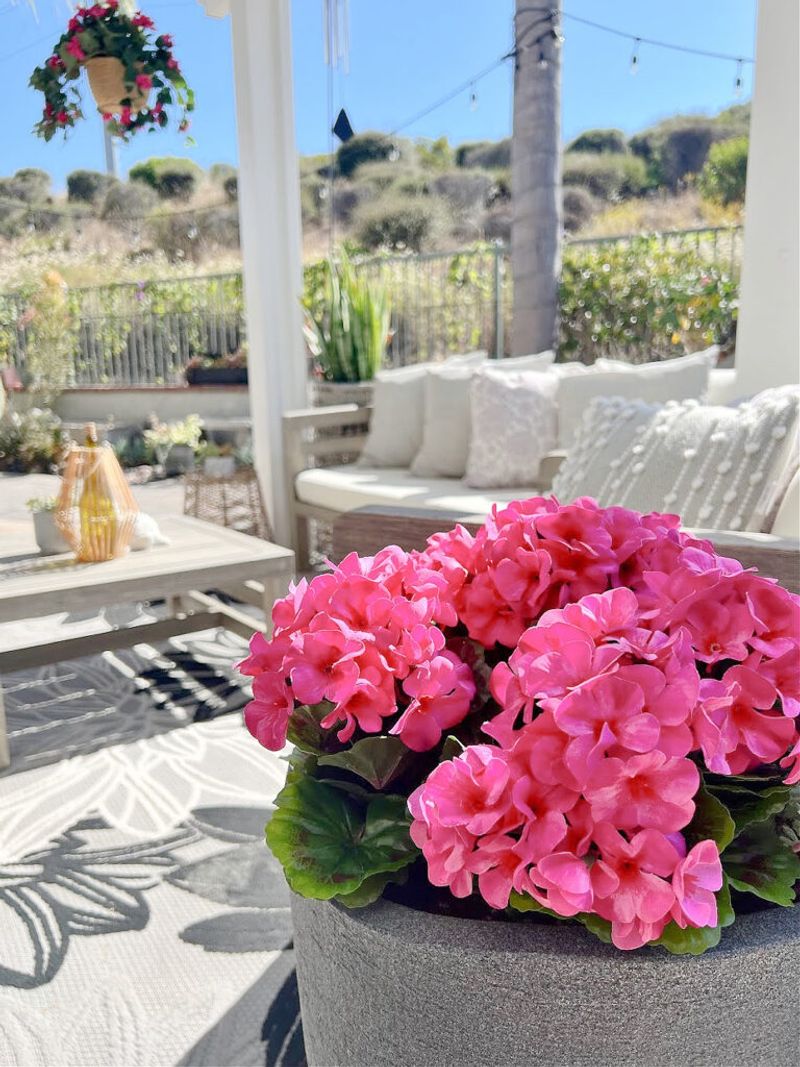
Artificial plants defeat the purpose of gardening entirely. Real gardens provide fresh air, food, and habitat benefits that plastic alternatives simply cannot replicate.
Dust and dirt accumulate on fake surfaces. Cleaning becomes more tedious than maintaining living plants that naturally shed and renew their foliage.
Quality deteriorates rapidly in outdoor conditions. Sun fading and weather damage make artificial plants look obviously fake and cheaply made within single seasons.
5. Novelty Garden Signs With Dated Sayings
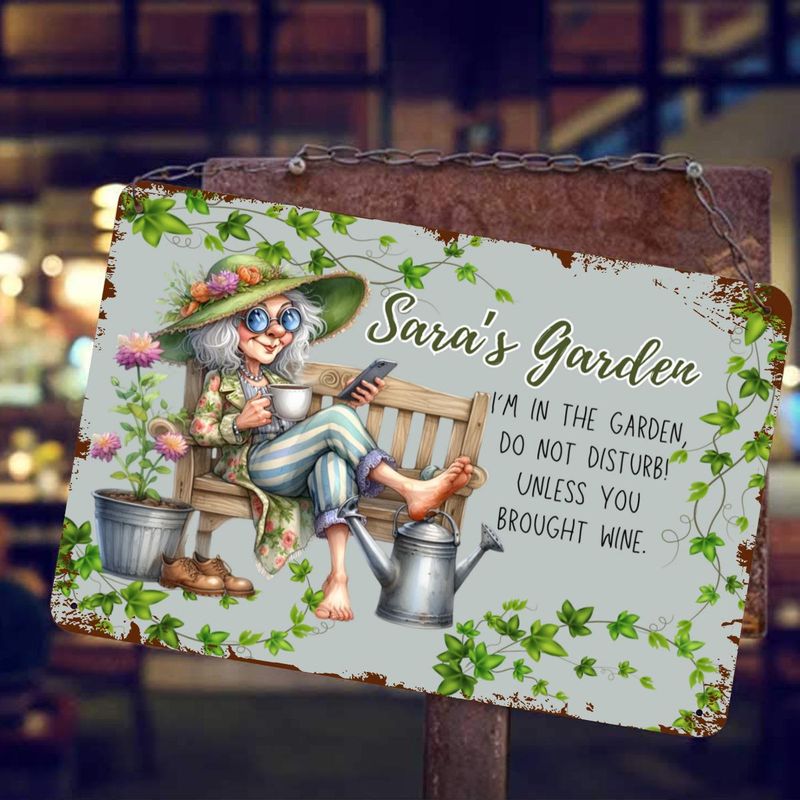
Trendy sayings quickly become embarrassingly outdated. What seems clever today often appears foolish or irrelevant within just a few short years of display.
Weather exposure fades text and damages materials. Peeling letters and rust stains create messy appearance that detracts from overall garden aesthetics and curb appeal.
Personal expression works better than mass-produced humor. Create your own meaningful signs that reflect genuine personality rather than generic store-bought catchphrases and cliches.
6. Broken Garden Hoses And Sprinklers
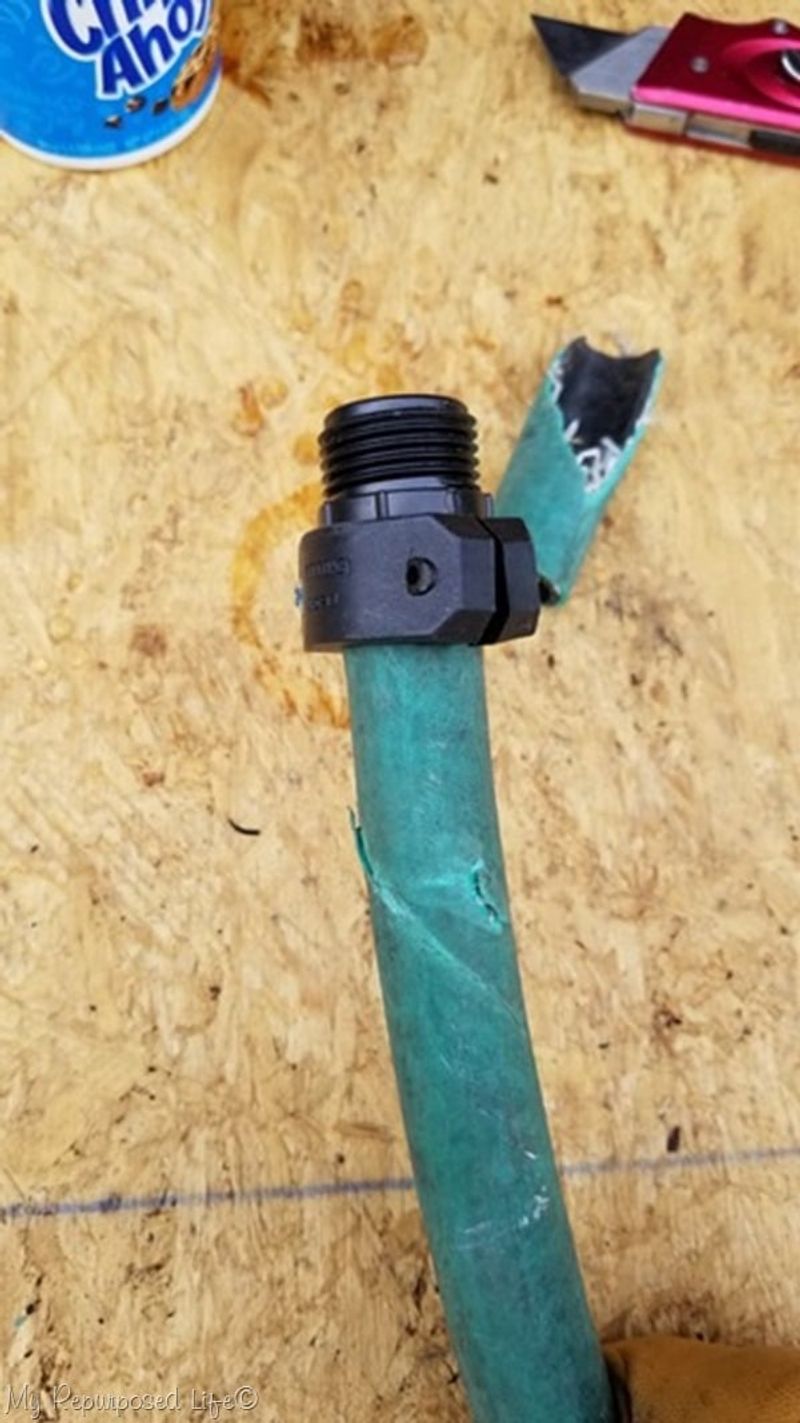
Cracked hoses waste precious water through constant leaking. Multiple splits create inefficient watering systems that increase utility bills while providing inadequate plant irrigation.
Repair patches rarely hold long-term pressure. Temporary fixes fail repeatedly, creating frustrating interruptions during critical watering times when plants need consistent moisture most.
Old rubber deteriorates and becomes brittle quickly. Stored hoses crack further during winter freeze-thaw cycles, making spring garden preparation more expensive and time-consuming than necessary.
7. Wobbly Or Unstable Garden Structures

Unstable structures pose safety hazards to people and plants. Collapsing trellises can injure visitors and destroy climbing plants that took seasons to establish and mature properly.
Structural repairs require significant time and expertise. Reinforcing weak joints costs more than purchasing new, properly constructed alternatives that provide reliable long-term support.
Insurance concerns arise with unsafe garden features. Liability issues may occur if unstable structures cause injuries to family members, guests, or service personnel visiting property.
8. Chipped Or Cracked Ceramic Garden Decor
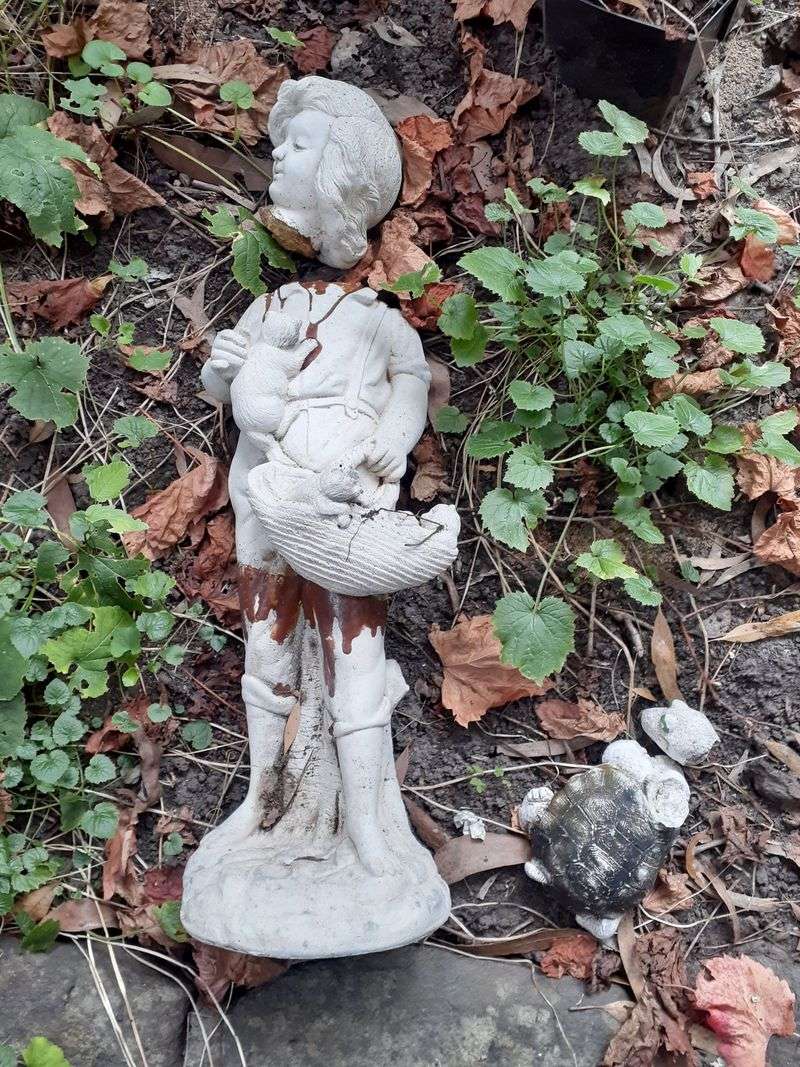
Damaged ceramics continue deteriorating with weather exposure. Freeze-thaw cycles expand existing cracks until pieces eventually break apart completely and become unsalvageable.
Sharp edges create hazards during garden maintenance. Broken ceramic pieces can cut hands during weeding, planting, and other routine activities performed around garden areas.
Repair attempts rarely match original appearance. Glue lines and color differences remain visible, making restored pieces look obviously damaged rather than attractively weathered or aged.
9. Outdated Garden Lighting Systems
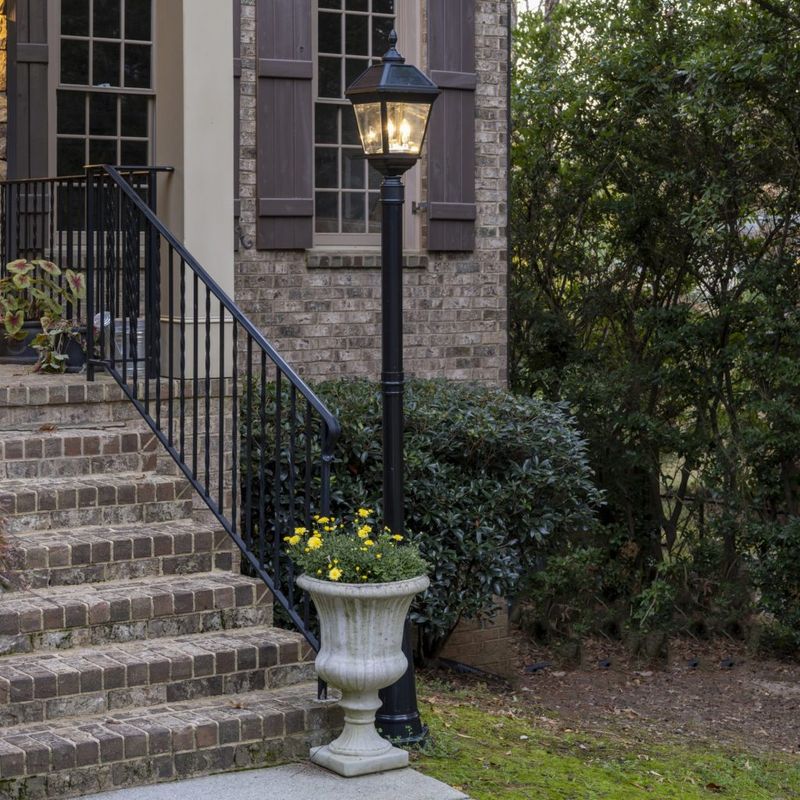
Obsolete lighting technology consumes excessive electricity unnecessarily. Modern LED alternatives provide better illumination while using fraction of energy and lasting significantly longer periods.
Electrical safety concerns increase with aged wiring. Corroded connections create fire hazards and potential electrocution risks during installation and routine maintenance procedures.
Replacement parts become impossible to find. Discontinued bulb types and fixture components make repairs impractical when inevitable failures occur during normal operation cycles.

